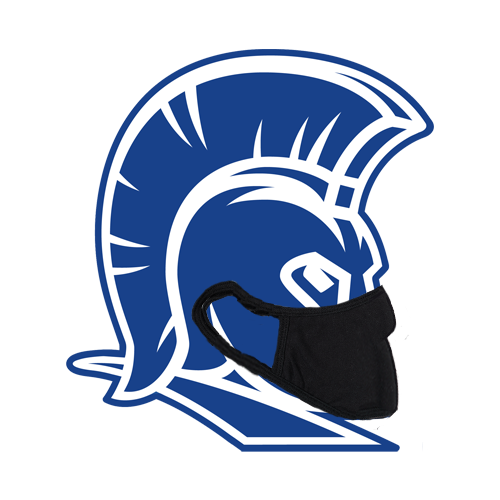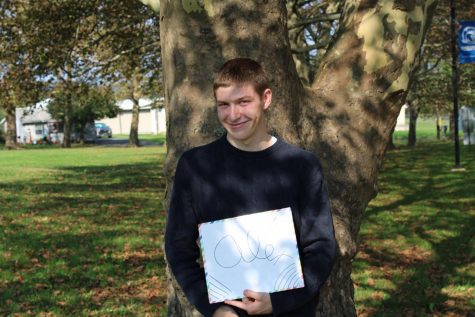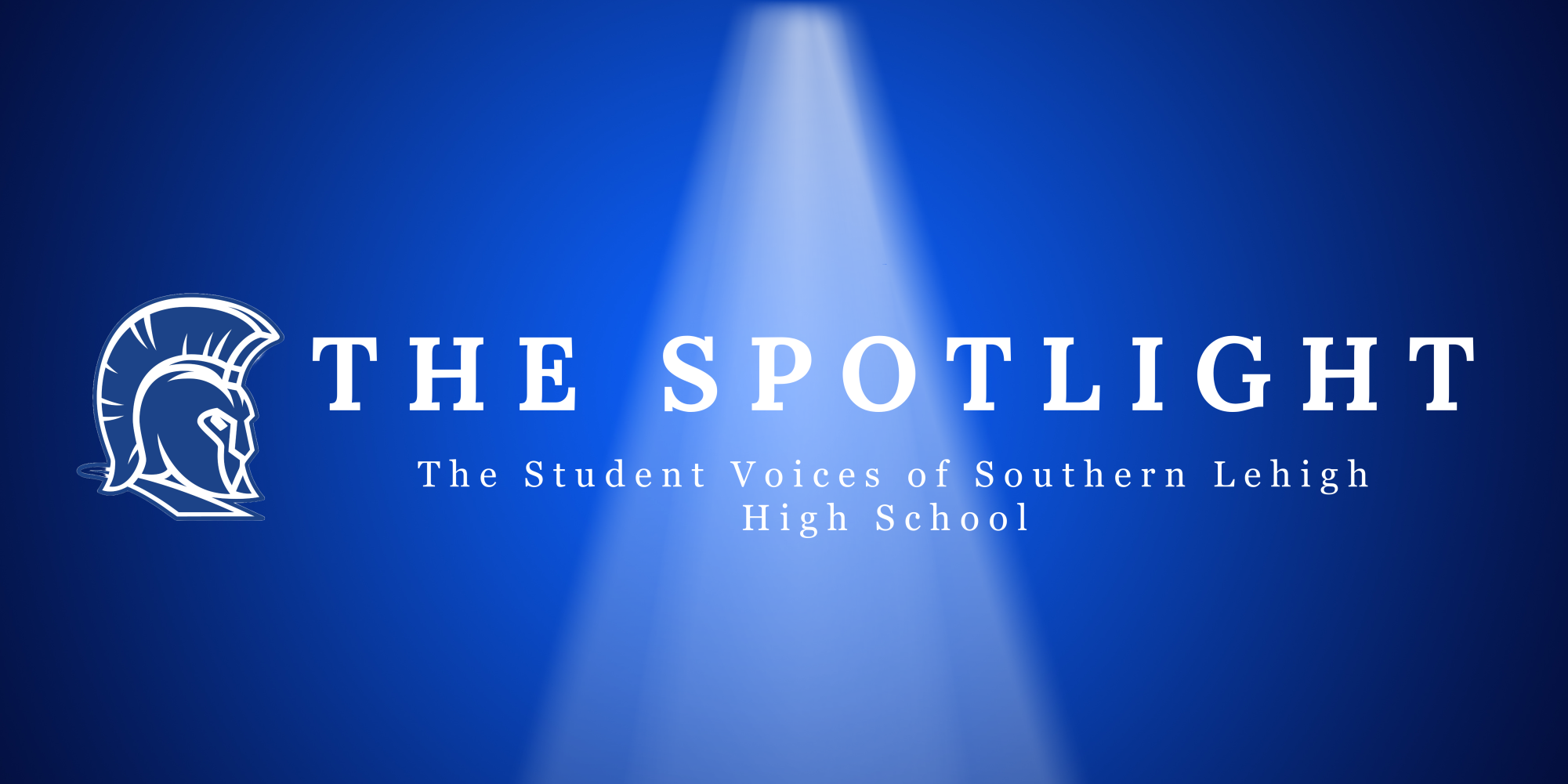Students Divided Over Southern Lehigh’s Return to 4-Day In Person Learning

Southern Lehigh to transition to four day a week in-person education, but some students disagree with the move.
On February 8th, the Southern Lehigh School Board voted in favor of moving hybrid students to in-person learning four days per week, starting March 1st. Many Southern Lehigh High School students, who have already been attending school in person two days per week on the hybrid model, have expressed a favorable opinion about the change, while others have concerns.
“The benefit of being hybrid right now is the ability to see teachers in person,” said junior Aiden Tobin, “ where many kids feel intimidated or the lack of connection while over Zoom to ask clarification questions and seek help.”
Hybrid students are allowed to withdraw from the in-person model and move to fully remote learning if they so please, but current remote students must remain in their current model at this time. Families will have until March 5th to request a transition to the four-day in-person model or remain fully remote in the fourth quarter.
“This plan does not seem well thought out. When we switch to the fourth quarter a mere few weeks after this change is set to take place, what happens then?” said senior Jack Ziets. “There may be a surge of students wishing to return; how will the school choose which students get the opportunity to return and which students do not?”
Another issue is that social distancing requirements are different depending on the source. The CDC has said that six feet is the minimum spacing for social distancing. The American Academy of Pediatrics said that lower distances of between three to six feet are acceptable for children under 12.
According to a February 10th announcement from the Southern Lehigh Board of School Directors, this instructional model would still allow the required six feet of social distance to be maintained within the entire building. However, some feel there is a risk that the numbers of students and teachers required to quarantine may increase.
“I have a lot of concerns especially with the older students, like middle and high school,” said sophomore Kylie Baker. “We are the students who travel and spread throughout the community outside the school the most, and as more kids mix all the time, we risk spreading and bringing back diseases to each other and the teachers.”
A similar sentiment was expressed by high school principal Mrs. Beth Guarriello, saying that the administration’s primary concern is to “keep students and staff healthy and safe.” While Mrs. Guarriello is eager to see students in the building again, she acknowledges that this transition presents two major challenges for the administration.
“Lunch is a concern because masks will be off,” she said.
To solve this issue, the administration has plans to use alternative locations in the school to handle overflow from the cafeteria to ensure proper social distancing. According to Mrs. Guarriello, the first overflow location is the faculty lunchroom, and the second overflow location is the boardroom located near the front lobby.
The issue of overflow is not limited to the cafeteria. It also extends to encompass every classroom in the building. In order to handle the potential overfilling of classrooms, the plan is to first seat students at desks in the room, and then move to using desks in study halls if there is an overflow. To work towards solving the spacing situation, the district administration has developed a spreadsheet that tracks the student threshold for every room in the school.
“The biggest challenge is always space,” said Mr. Thomas Ruhf, the district pandemic coordinator. “The plan we’ve developed maintains six feet of social distancing and takes into account the varying classroom sizes in the high school.”
Southern Lehigh High School was built in the 1950s and every new addition to the building has resulted in classrooms of varying shapes and sizes. The complexity of the high school schedule has also been cited as a potential confounding factor in terms of student location.
“It’s much easier to plan spaces and still have that six feet of social distancing in K-6 district schools because they move as a cohort,” said Mr. Ruhf.
A further concern cited by Mrs. Guarriello is that Lehigh-Carbon Technical Institute’s (LCTI) schedule does not match up with the schedule at Southern Lehigh. This means that the administration will need to make use of spaces such as the library to accommodate LCTI students until district transport brings them to their classes at LCTI.
A group of high school students planned to express their concerns about this change at the February 22 school board meeting which was canceled due to inclement weather and poor road conditions. Some students said they are planning to make a video to share with the board to state their concerns. Determined to protect the safety of students and teachers, they have taken action to help keep the majority safe from the impact of the pandemic. “In the current model, there are an array of advantages that would be lost if the school switched to a strict four-day learning option,” said senior Jack Ziets. “For example, contact tracing is easier in the hybrid option as the [number] and variety of people that students come in contact with is pretty limited.”
Since the fall, the percentage of students going into the building has declined. In October, 77% of students were hybrid. Now, the ratio between hybrid and remote students is at approximately a fifty-fifty split, according to Mr. Ruhf. He attributed the shift to a number of factors, ranging from feelings of isolation in smaller classrooms to family needs, and to what St. Luke’s and Lehigh Valley Health Network officials have dubbed the “viral bridge” caused by the return of college students to the Lehigh Valley area.
Among the students that have been on the hybrid model, many are choosing to proceed with the four-day return. Some students have found that they either want the closest thing to a regular school year, or they believe there to be little to no risk for themselves or others to be in person.
“I would benefit from being in-person four days a week because I learn better when I have in-person instruction,” said senior Grace Jeitner. “It would also help increase social interaction with my peers if I was in person. I want some sort of a normal senior year, so if that includes taking a risk going in full time, I’m willing to take that chance.”
The pandemic team and the high school administration are doing everything they can to keep students and teachers safe while transitioning to a model that will increase student attendance in person. An essential part of minimizing the spread of COVID-19 is continuing to wear masks when around others, as well as maintaining physical distancing and sanitation protocols which have proven to be effective in minimizing cases.
“Counselors, teachers, and administrators all want students to be back in the building,” said Mrs. Guarriello. “It just doesn’t feel the same without the kids. The kids are why we are here.”

Senior Alex Kane is a third-year staff reporter and current Editor-in-Chief and news editor for the Spotlight. He is a captain of the cross country team...

Senior Evelyn Blower is a second-year staff reporter and current Assistant Editor-in-Chief for the Spotlight and responsible for the Features and Opinion...

